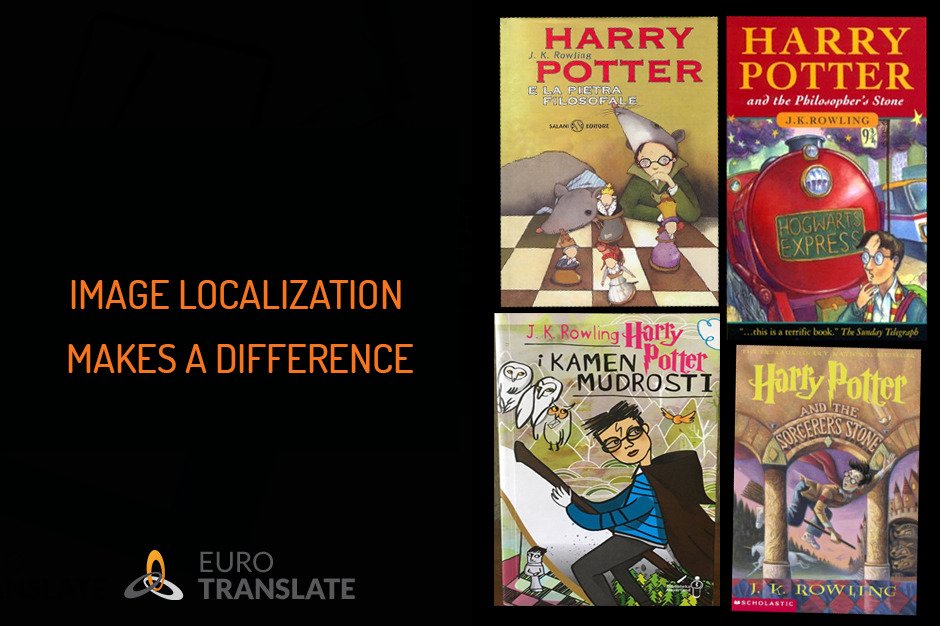
As an important, and often overlooked step in the localization process, image localization refers to adapting visual content to a specific cultural and linguistic context, making it relevant and appealing to a particular target audience. This can include the translation of captions, annotations, and other text elements in images, as well as the customization of images to reflect cultural norms and values.
Image localization is particularly important for companies that are marketing products or services to a global audience. In order to effectively reach various target markets, images must be customized to the cultural context of each of them. This can include the use of local colors, symbols, and imagery, as well as the adaptation of images to reflect local norms and values.
One example of image localization can be seen in the advertising industry. A global cosmetics brand might use different images and colors in their advertisements to appeal to consumers in different countries. For example, an advertisement for a skin care product in Japan might feature lighter skin tones and more natural colors, while an advertisement for the same product in the United States might feature brighter colors and bolder imagery.
Another example of image localization can be found in the gaming industry. In order to appeal to players in different countries, game developers often create localized versions of their games that reflect the cultural context of each target market. This can include the use of local symbols, colors, and imagery, as well as the adaptation of in-game text and dialog to sound more credible to the players.
Spotify is a good example of a right approach, as it localizes its playlists to cater to different countries by featuring models, clothing, backgrounds and languages that resonate with the local culture, thereby creating meaningful connections.
In their own words:
Imagine browsing for something that resonates with you, but all the images you see feature people who look completely different from you. The images are not relevant or inclusive, so you don’t feel a sense of belonging. In such a case, we’ve failed to create a connection.
Representation matters. When you’re evaluating choices, it’s important to see people who look like you. Is that happy person on the upbeat playlist cover someone you can relate to? This might be the question that determines if the playlist is for you, and in the long run, if Spotify is for you.


(Source: Spotify)
In conclusion, image localization is a critical component of effective global marketing and communication. By adapting images to the cultural context of each target market, companies can ensure that their visual content is relevant and appealing to their global audience. Whether in advertising, gaming, or any other industry, image localization is a valuable tool for companies looking to grow their business globally.
